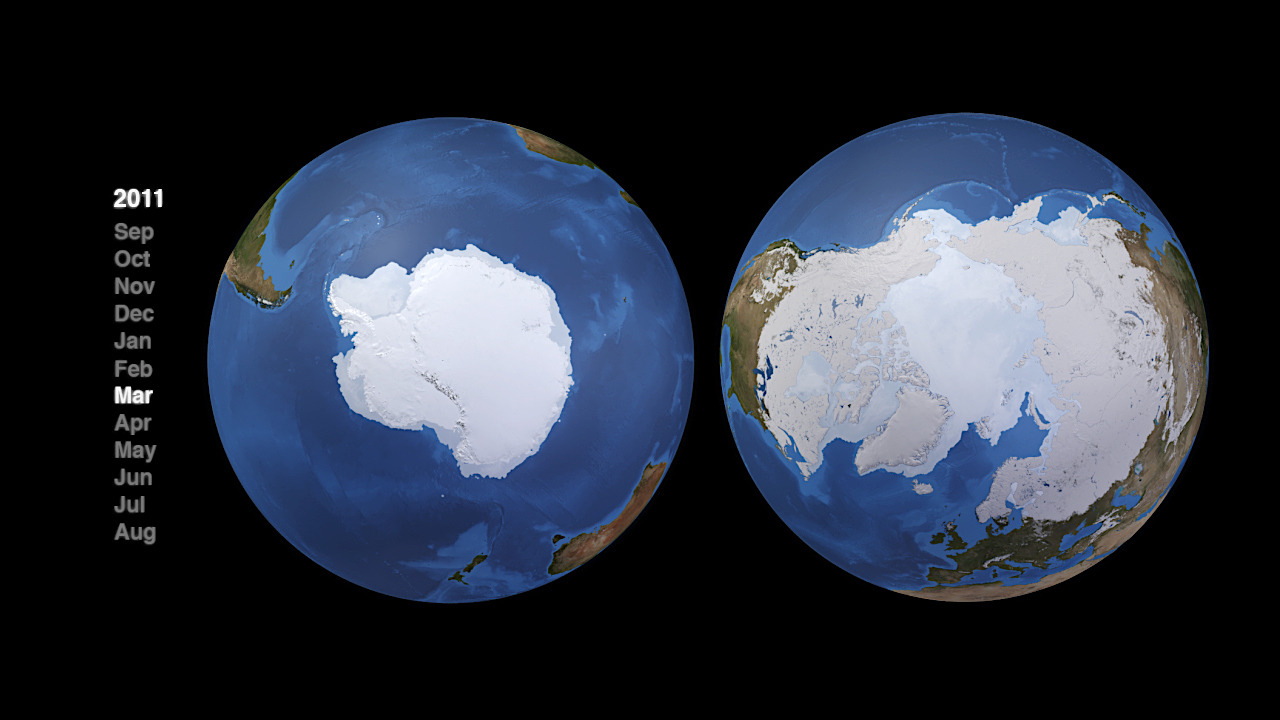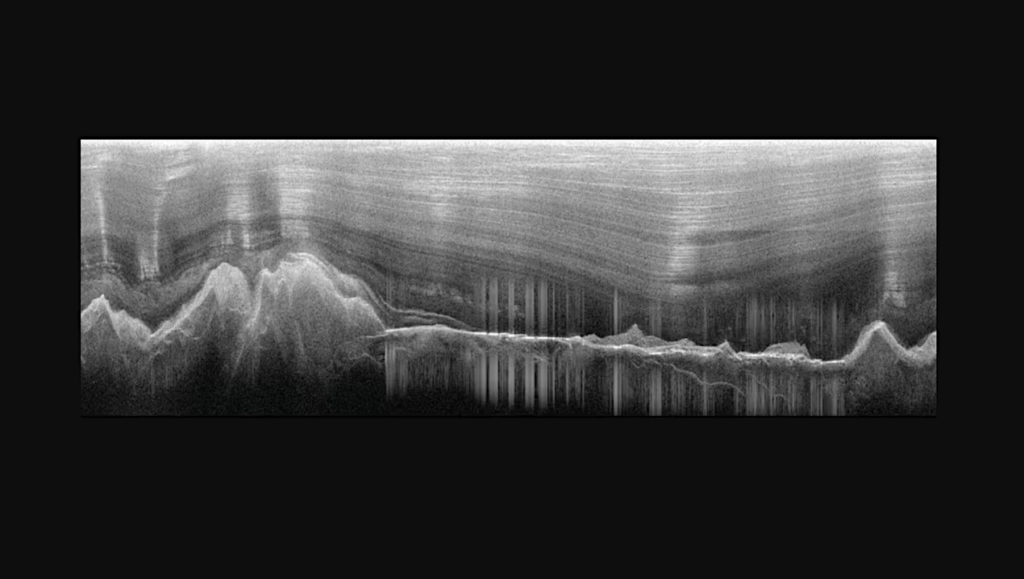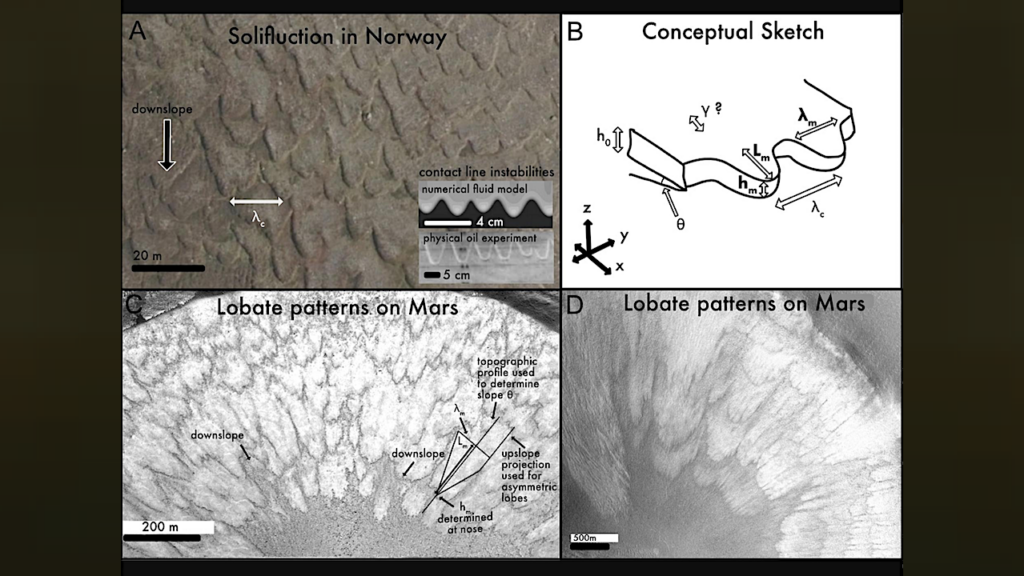The Largely Linear Response Of Earth’s Ice Volume To Orbital Forcing

Orbital forcing plays a key role in pacing the glacial-interglacial cycles. However, the mechanistic linkages between the orbital parameters – eccentricity, obliquity, and precession – and global ice volume remain unclear.
Here, we investigate the effect of Earth’s orbitally governed incoming solar radiation (that is, insolation) on global ice volume over the past 800,000 years. We consider a simple linear model of ice volume that imposes minimal assumptions about its dynamics.
We find that this model can adequately reproduce the observed ice volume variations for most of the past 800,000 years, with the notable exception of Marine Isotope Stage 11. This suggests that, aside from a few extrema, the ice volume dynamics primarily result from an approximately linear response to orbital forcing. We substantiate this finding by addressing some of the key criticisms of the orbitally forced hypothesis.
In particular, we show that eccentricity can significantly vary the ocean temperature without the need for amplification on Earth. We also present a feasible mechanism to explain the absence of eccentricity’s 400,000 year period in the ice volume data. This requires part of the forcing from eccentricity to be lagged via a slow-responding mechanism, resulting in a signal that closer approximates the change in eccentricity.
A physical interpretation of our model is proposed, using bulk ocean and surface temperatures as intermediate mechanisms through which the orbital parameters affect ice volume. These show reasonable alignment with their relevant proxy data, though we acknowledge that these variables likely represent a combination of mechanisms.

A: Drilled core locations used in our data comparison with seafloor drill sites shown as circles
and ice core drill sites shown as triangles [44]. B: Proxy data for BWT and SWT from independent
drilled cores, their colours correspond to the locations shown on the map. The global BWT data are
plotted in blue and orange with the remaining plots relating to the regionally dependent SWT data. C:
Regional SAT for locations in Antarctica and Greenland. Since the Greenland data are more noisy, a
second order low-pass Butterworth filter was used to remove frequencies above 19 kyr−1, as this is the highest frequency at which orbital parameters vary.
Liam Wheen, Oscar Benjamin, Thomas Gernon, Cameron Hall, Jerry Wright
Comments: 25 Pages, 12 figures, reproducing code can be found at: this https URL
Subjects: Geophysics (physics.geo-ph); Earth and Planetary Astrophysics (astro-ph.EP); Dynamical Systems (math.DS)
Cite as: arXiv:2312.02043 [physics.geo-ph] (or arXiv:2312.02043v1 [physics.geo-ph] for this version)
Submission history
From: Liam Wheen
[v1] Mon, 4 Dec 2023 16:59:55 UTC (15,817 KB)
https://arxiv.org/abs/2312.02043
Astrobiology,








